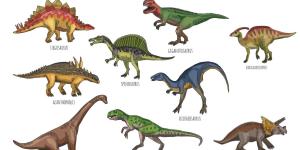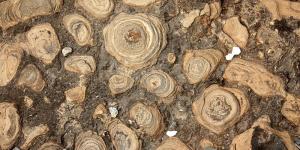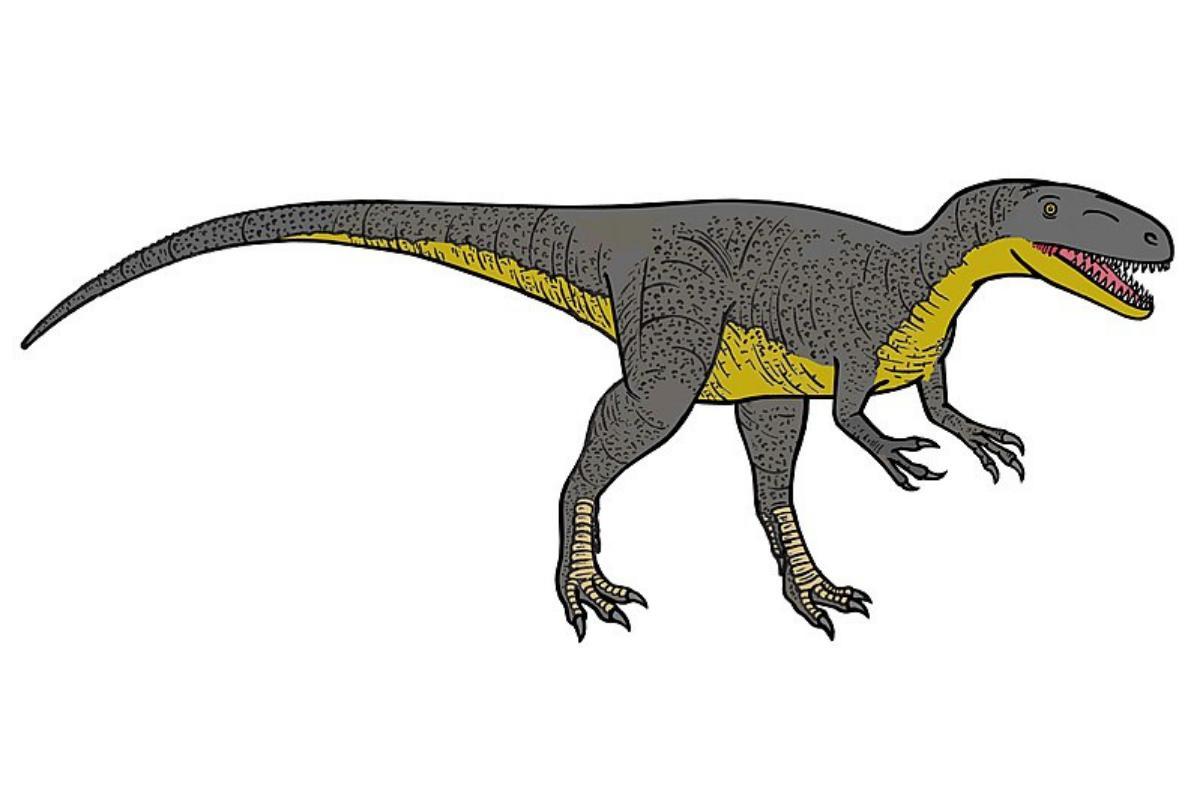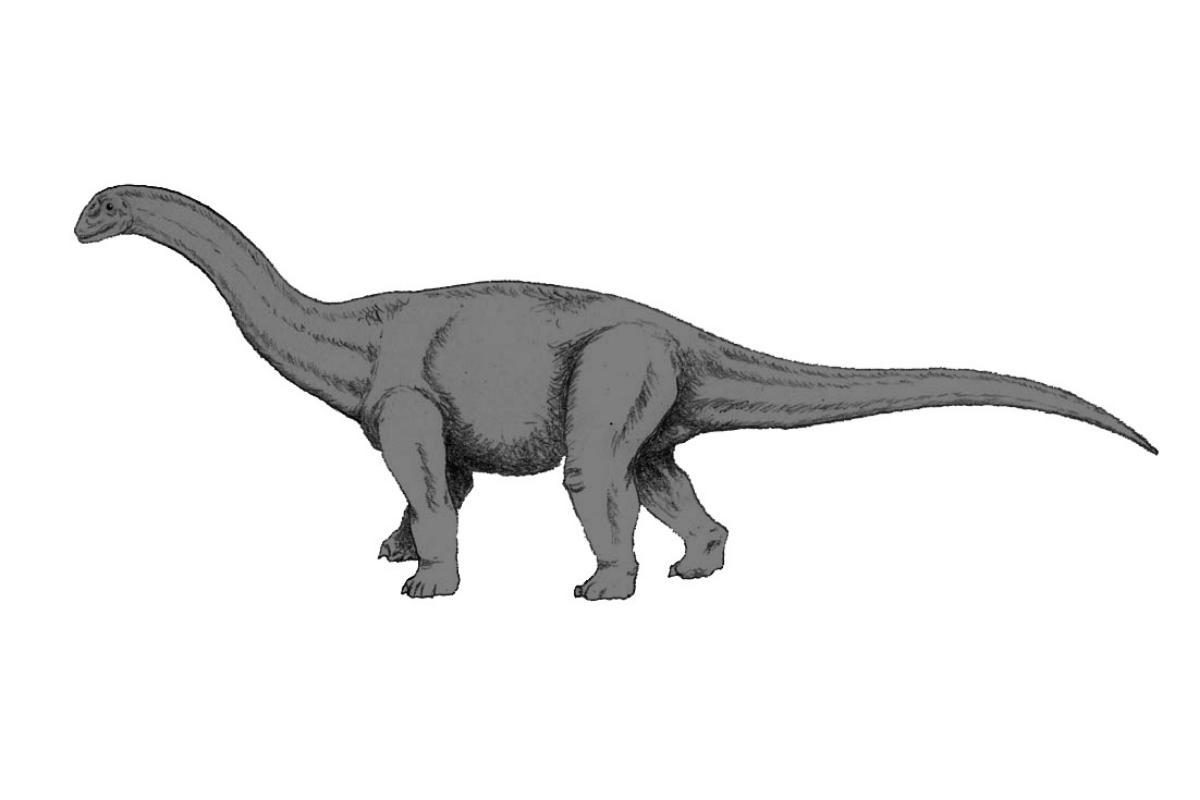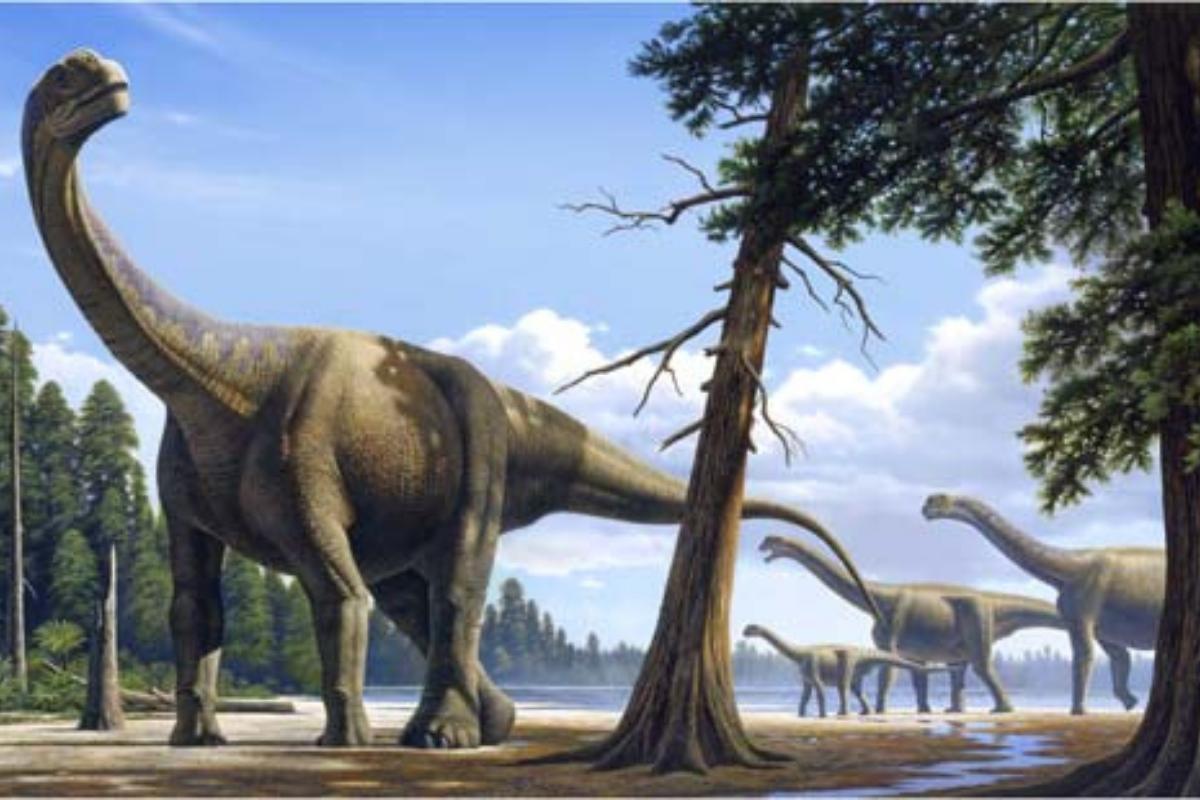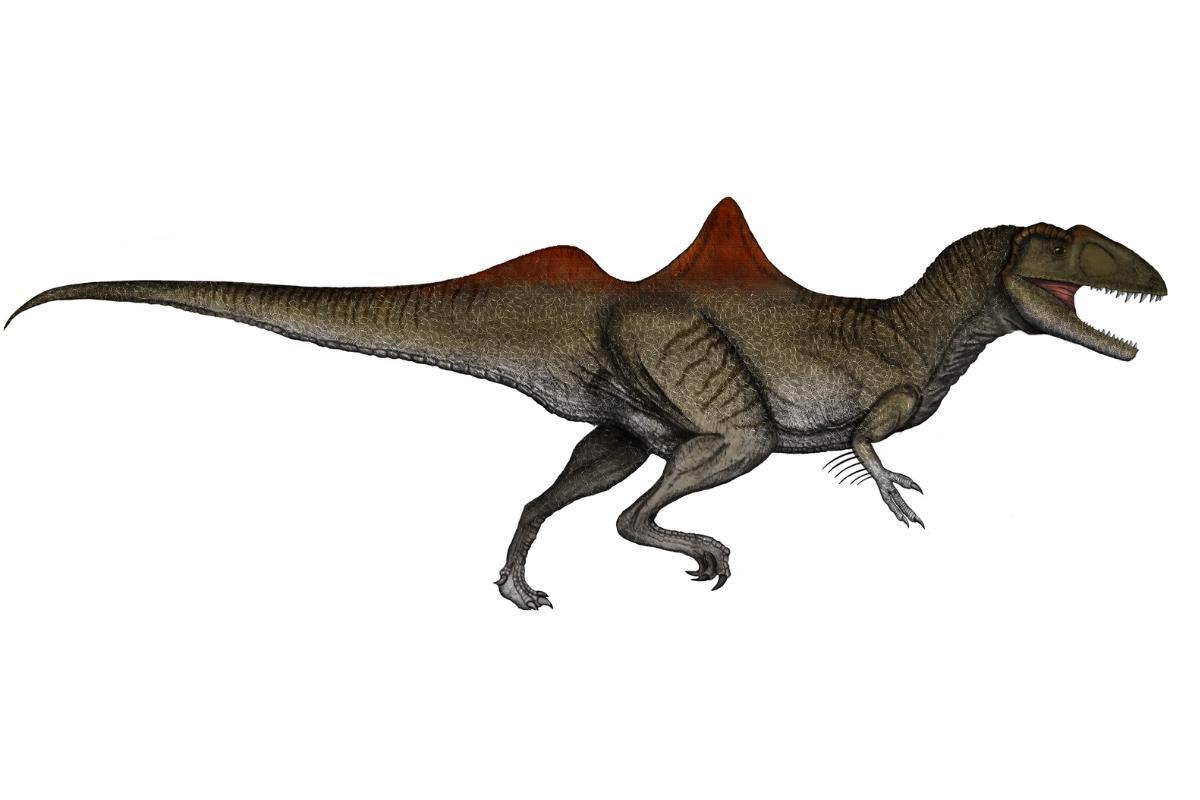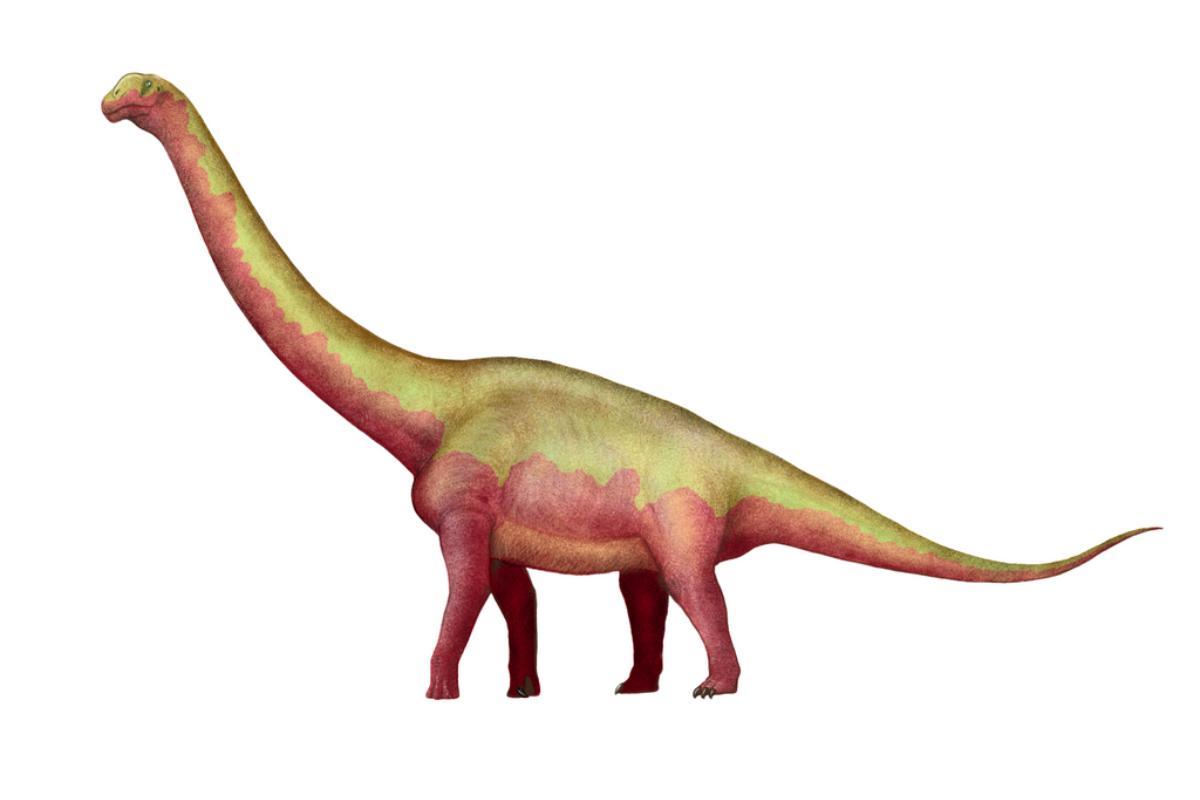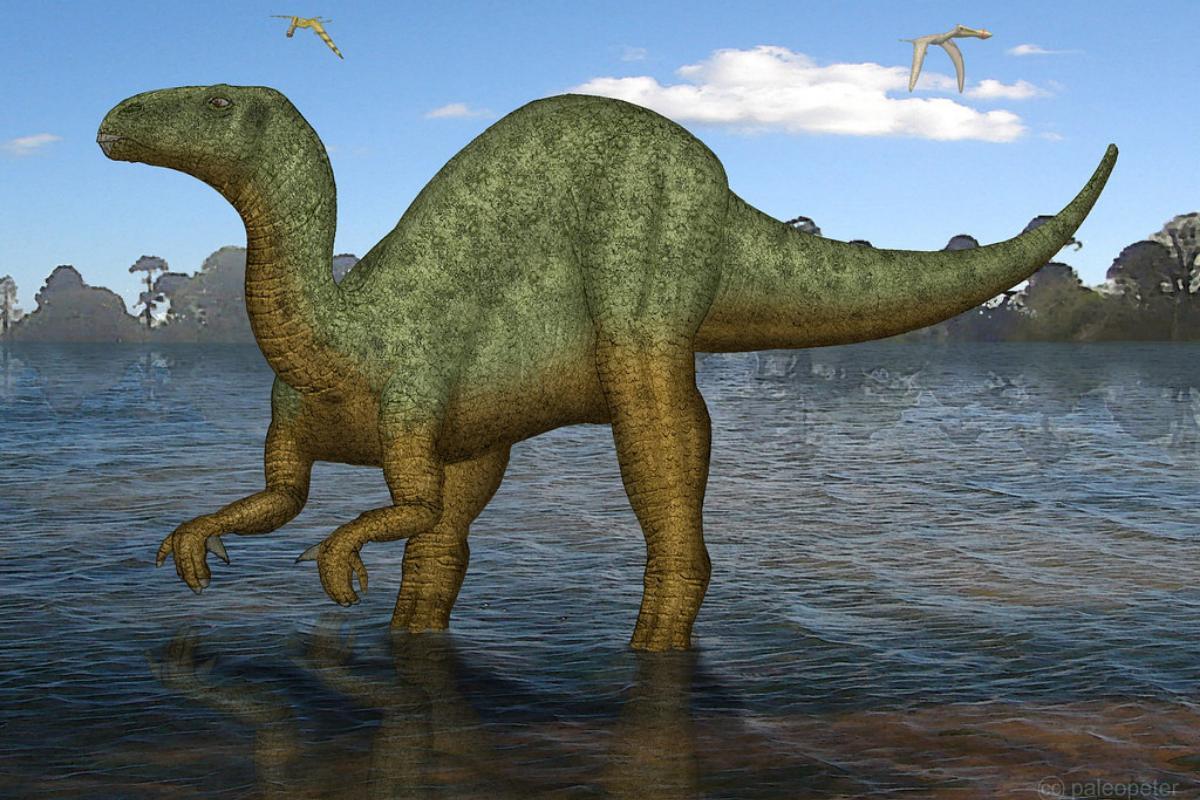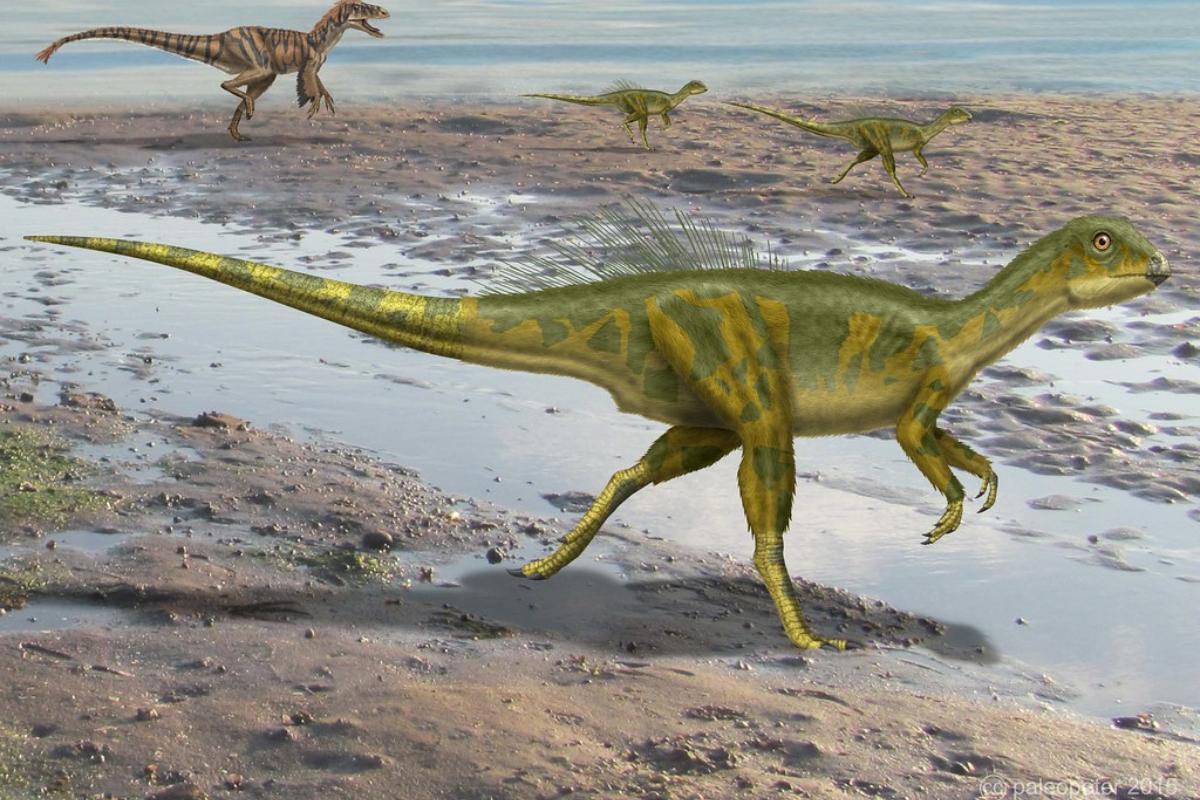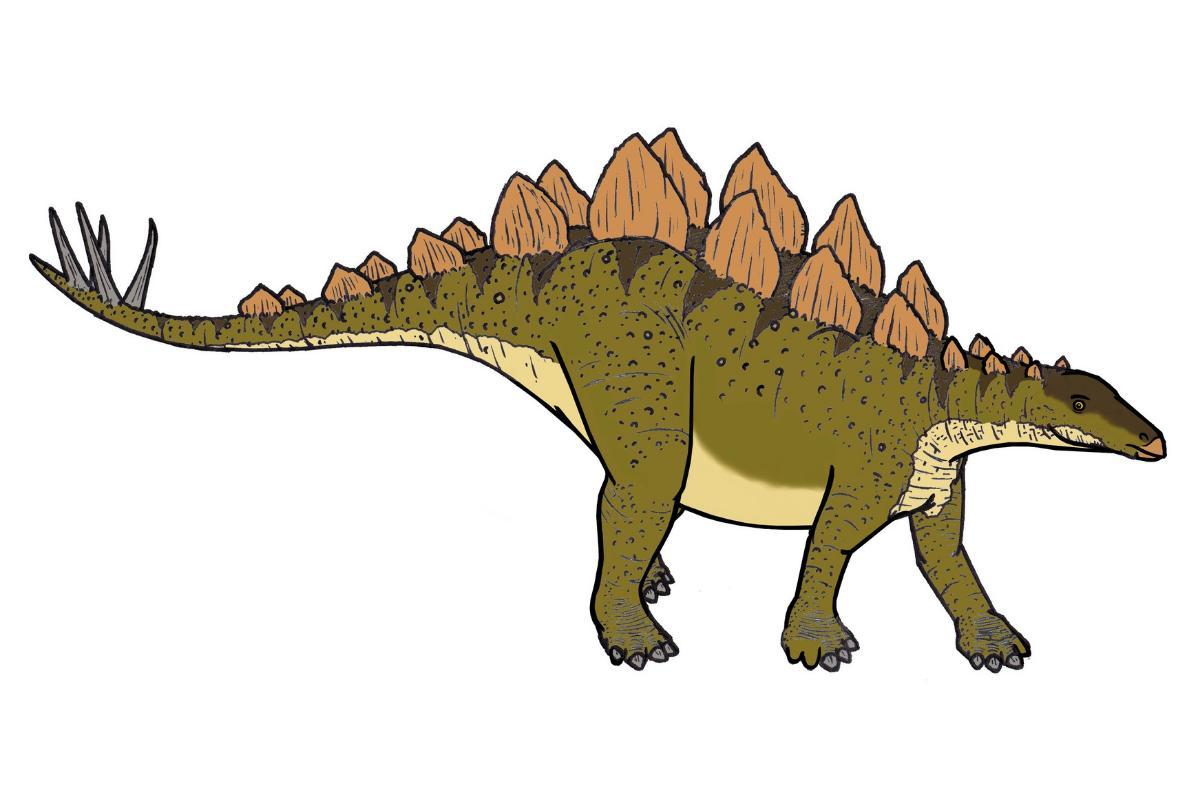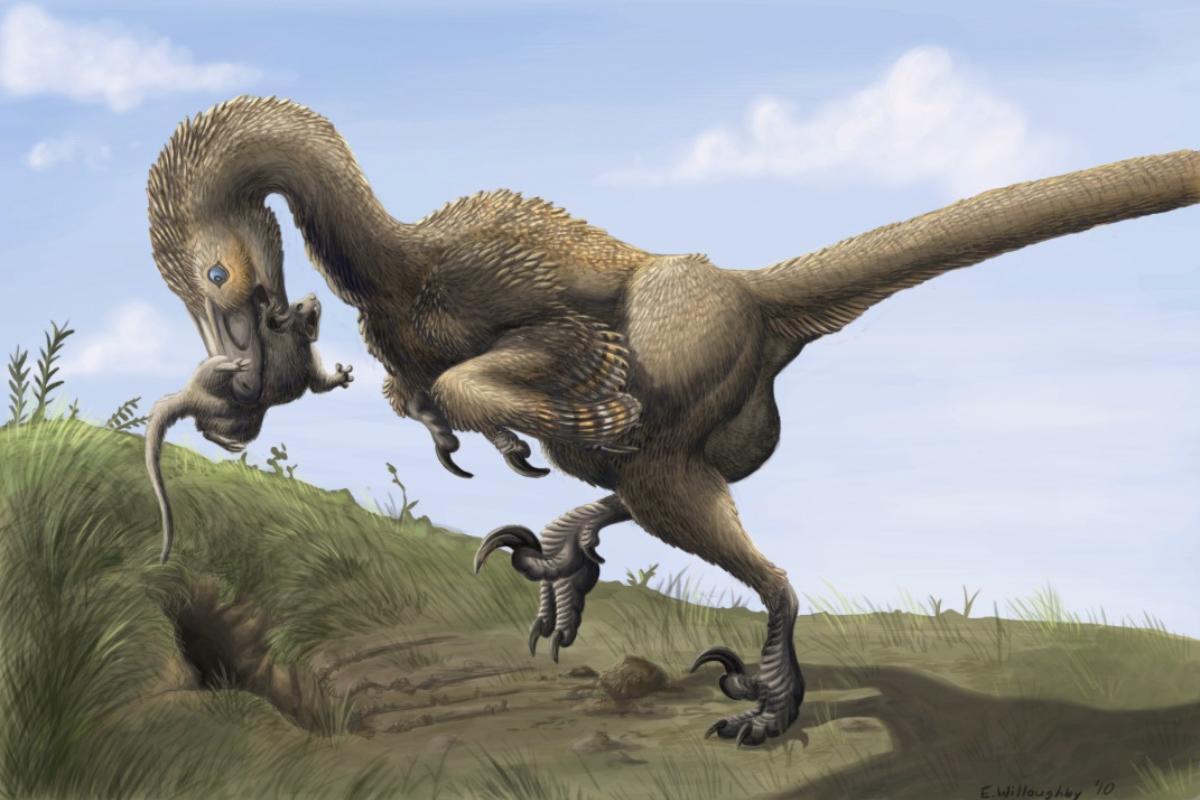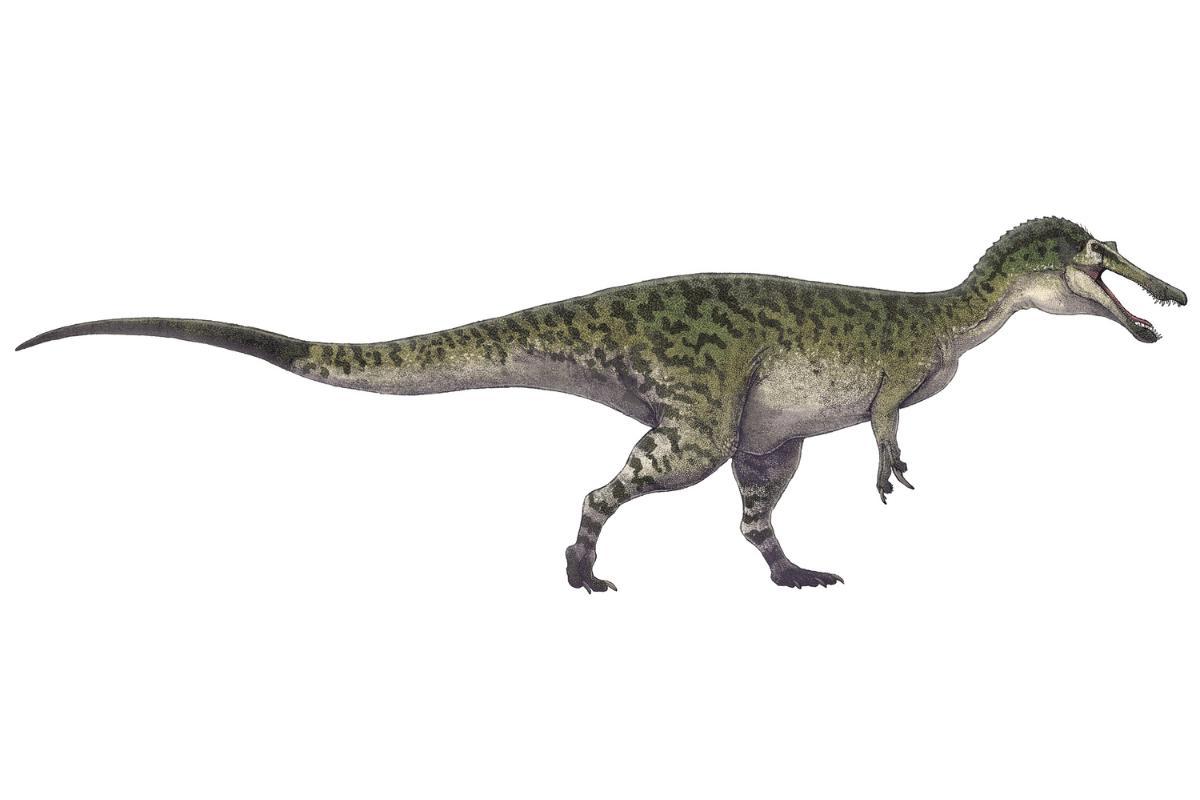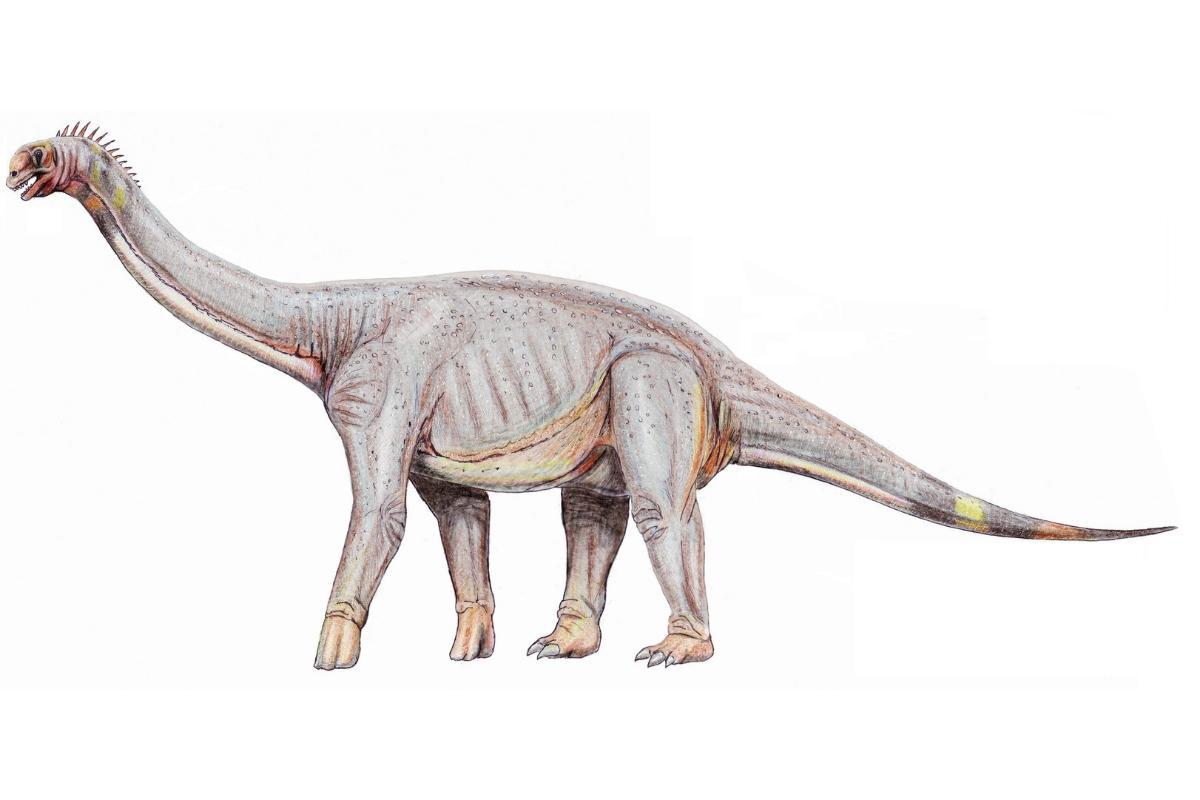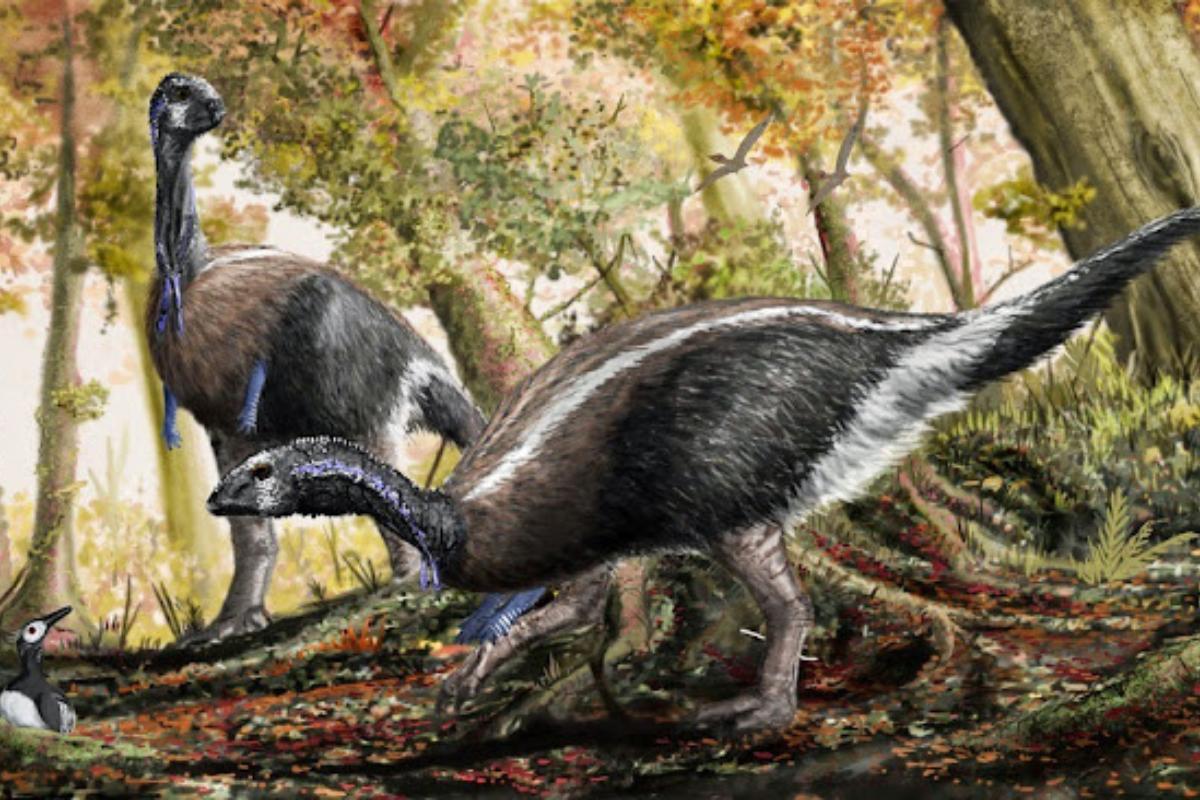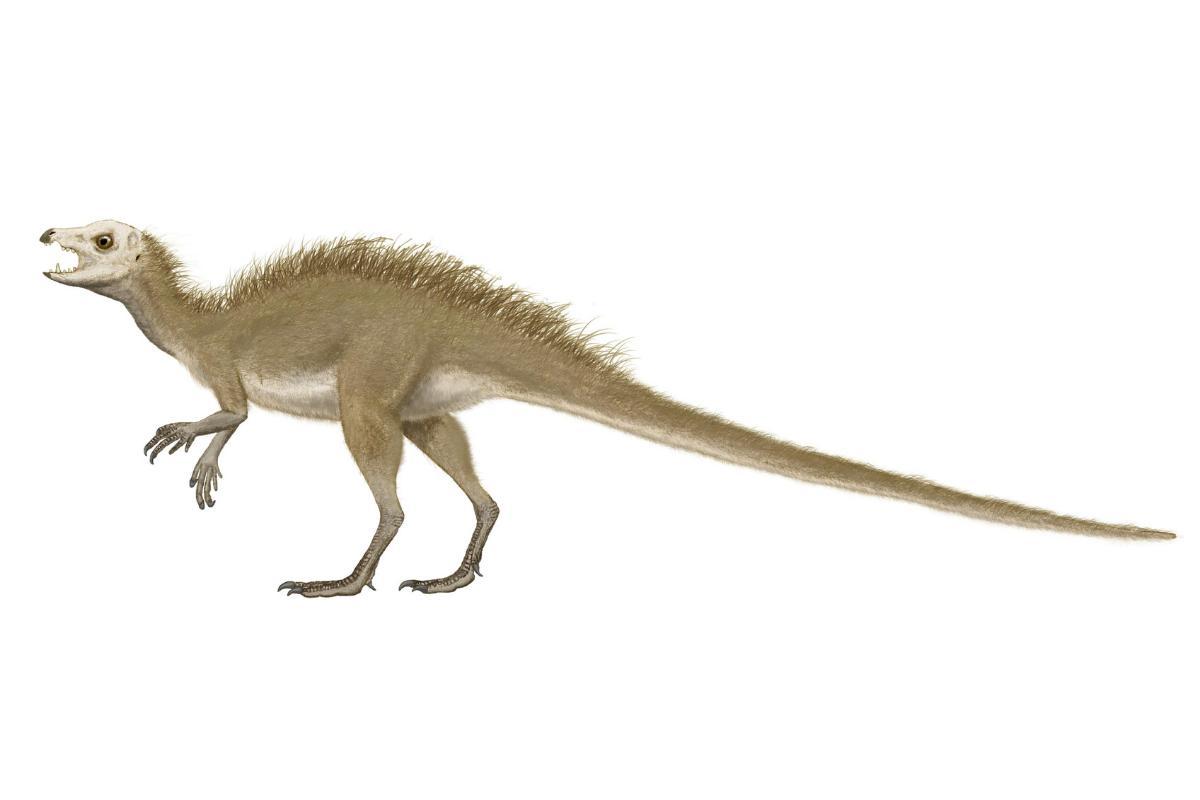What Dinosaurs Were Found in Spain?

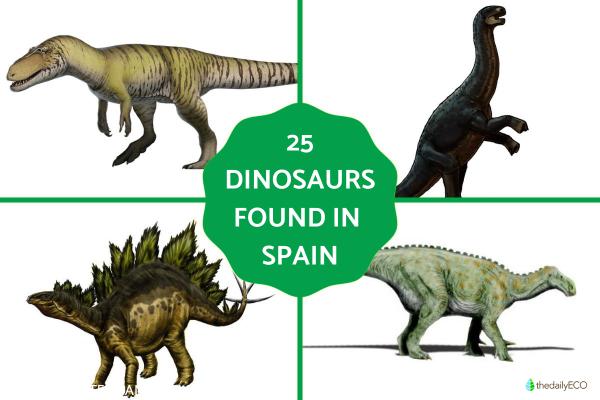
If we are looking for Spanish dinosaurs, we need to clarify that we are asking what dinosaur fossils have been found in Spain. These prehistoric beasts are long extinct, but our knowledge of them stems from the fossil record which can be seen in the form of bones, coprolites, gastroliths or ichnites left in sediments which provide evidence of the existence of dinosaurs in Spain. Aragon is one of the most fertile areas in Spain for dinosaur fossils, but there are more than 200 sites across the country where evidence of dinosaurs have been found. To know more about the types of prehistoric beasts in the Iberian peninsula, thedailyECO asks what dinosaurs were found in Spain?
- Megalosaurus bucklandi
- Cetiosaurus spp.
- Aragosaurus ischiaticus
- Concavenator corcovatus
- Tastavinsaurus sanzi
- Iguanodon spp.
- Hypsilophodon sp.
- Stegosaurus sp.
- Dromaeosauridae
- Baryonyx
- Astrodon johnstoni
- Valdosaurus canaliculatus
- Echinodon sp.
- Other dinosaurs found in Spain
- Where to see dinosaurs in Spain
Megalosaurus bucklandi
The Megalosaurus bucklandi was a Spanish theropod dinosaur that was bipedal, meaning it walked on two legs. Similar to the Tyrannosaurs rex, the Megalosaurus had a long tail to support this bipedal posture. It was approximately 6 metres long and had a very strong musculature. It was carnivorous and fed on other dinosaurs, although sometimes it also ate carrion. A tooth of this genus was found in Mora de Rubielos, in Teruel, Aragon, but it was also distributed throughout other parts of Europe.
Discover more general information about these prehistoric animals with our article asking how many types of dinosaurs were there?
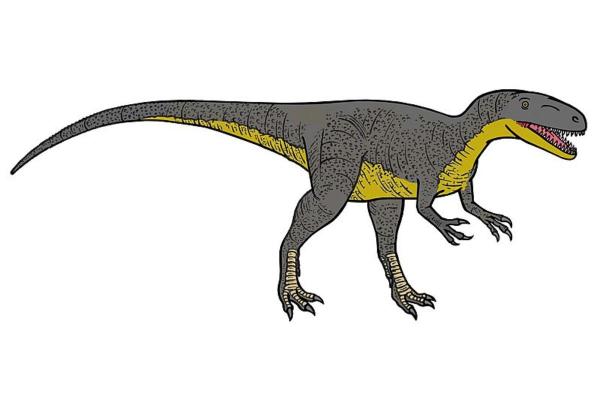
Cetiosaurus spp.
The Cetiosaurus spp. was a sauropod dinosaur, a group characterized by their long necks, quadrupedal locomotion and small heads. Certain species of sauropod are the largest animals known to have ever walked on land. This particular Spanish dinosaur weighed 11 tons and was 18 meters long. Despite this great height, it was one of the smallest known sauropods. It lived in open forests and plains throughout Spain.

Aragosaurus ischiaticus
Another sauropod, evidence of Aragosaurus ischiaticus livining in Spain has been found in the town now known as Galve in Teruel, Aragon. This is near the coast of what was once the Tethys Sea. It was discovered in this area of Spain, but there is also fossil evidence in America, suggesting that the continents were at one point in time joined.
It was a herbivorous sauropod with a long neck. Its teeth were very peculiar because they were grooved and spatula-shaped. It is one of the Spanish dinosaurs about which we have the most information, due to being one of the most complete in terms of fossil record.
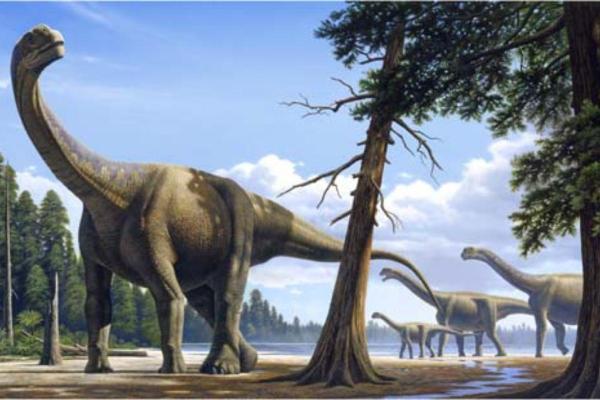
Concavenator corcovatus
The Concavenator corcovatus is one of the dinosaur fossils discovered in Spain, specifically in the province of Cuenca. Of the extinct genus Concavenator, it was a theropod dinosaur that is estimated to have lived 130 million years ago and is characterized by being 6 meters long, although what stands out most about it are the two pointed crests on its back that resemble a camel's hump.
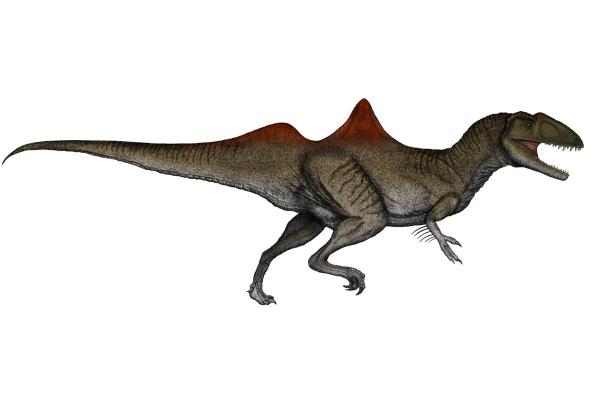
Tastavinsaurus sanzi
Named after the Spanish paleontologist José Luis Sanz, the Tastavinsaurus sanzi was found in the town of Peñarroya de Tastavins, also located in Teruel, Aragon. It was 17 metres long and weighed 20 tons. It lived 125 million years ago. Another sauropod, it was herbivorous, had a long neck and walked on four legs.
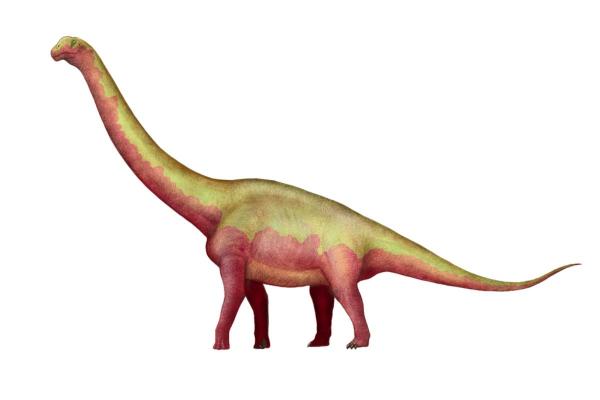
Iguanodon spp.
Fossil records of Iguanodon spp. were found in Teruel, Castellón, Cuenca, Soria, Cantavieja, San Cristobal, Santa Bárbara and La Rioja. Specifically, the fossils of this dinosaur which have been found include vertebrae, ribs and even ossified tendons. It weighed 45 tons and measured 10 meters in length. It was a herbivorous dinosaur that lived in forests with abundant gymnosperm plants such as conifers and cycads. It had prehensile fingers to hold its food and the ability to walk on either two or four legs.
Learn about the difference between angiosperm and gymnosperm plants in our related guide.
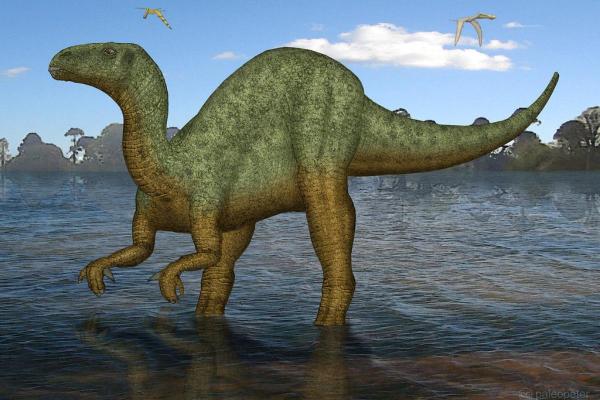
Hypsilophodon sp.
A tooth of this Spanish dinosaur was found at the Zabacheras site in Galve, Teruel. The Hypsilophodon dinosaurs walked on two legs and were small at almost two metres in length. Its front legs were much shorter than its back legs. Its tail was long to provide balance. It was notable for having a beak for a mouth, showing a precedent for dinosaurs being the ancestors of birds. It used this beak to feed on plants.
Learn more about the relationship between birds and their ancestors which our article asking is a chicken a dinosaur?
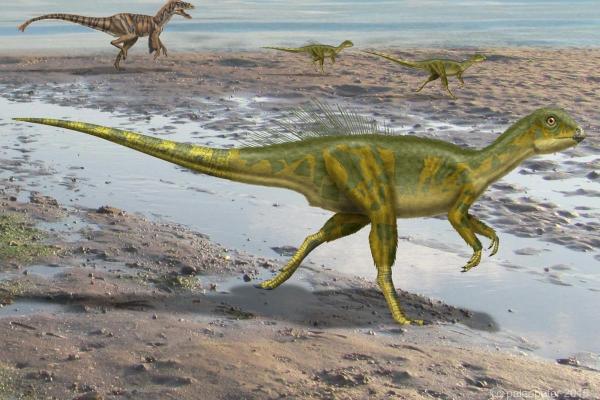
Stegosaurus sp.
Also in Galve, a dorsal plate of the Stegosaurs was found, a characteristic along with the spines on its tail which define the animal. One of the most well-known dinosaurs today, species of the genus Stegosaurus walked on all four legs and had a curved spine. The plates are believed to have served as defense, but they also may have had other purposes such as thermoregulation or mating displays.
Discover more about how these animals continued with our article on how did dinosaurs reproduce?
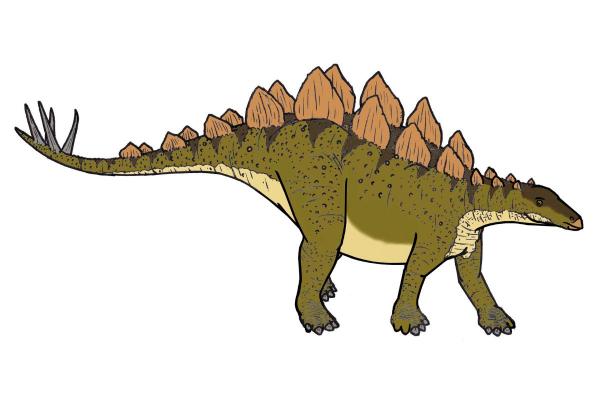
Dromaeosauridae
Dinosaurs of the family Dromaeosauridae are commonly known as raptors. A tooth from a member of this family was found in Piélago. Footprints of another were found at the Corrales de Pelejón site in Galve. They were carnivorous and fed on living prey. They had a bird-like appearance, as they were covered in feathers and walked on two legs. One of their claws was disproportionately large and sickle-shaped.
Discover the difference between predators and prey with our related article.
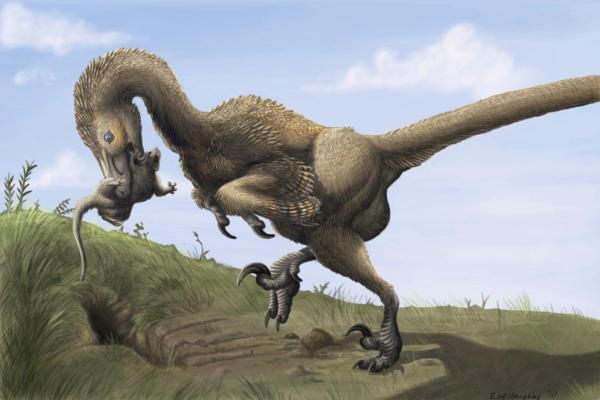
Baryonyx
Teeth of Baryonyx dinosaurs were found at the sites of La Cantalera in Josa, Teruel and in Vallipón, Castellote. They are characterized by having a carnivorous diet and long snouts with teeth like crocodiles. As theropod dinosaurs, they walked on two legs and their front legs had three toes with long claws.
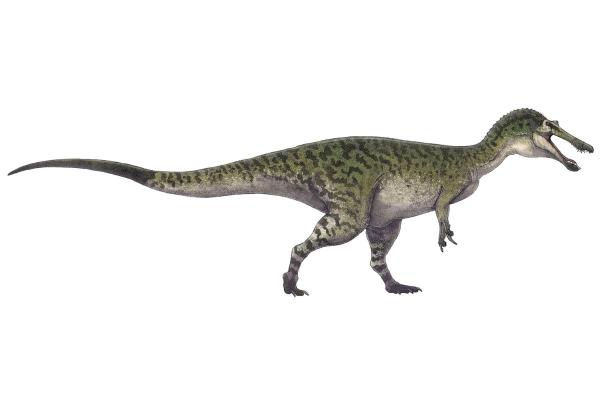
Astrodon johnstoni
Similar to many of the dinosaurs found in Spain, teeth of the Astrodon johnstoni were discovered in Galve. It had a long neck, slightly longer front legs and a short tail. It walked on all fours and was very slow, it being estimated that it concentrated its weight on the tips of its front legs when walking. They weighed 10 tons and measured 8 meters. They gathered in groups where the youngest were protected in the center of the herd. While evidence was discovered in Spain, fossils have been found in America where it is the state dinosaur of Maryland.

Valdosaurus canaliculatus
A femur of Valdosaurus canaliculatus was found at the Cerrada Roya-Mina site in Teurel. Although it was found in Spain, fossil remains of this dinosaur have also been found in England and, possibly, Romania. It should be noted that it was a herbivorous dinosaur and it was 5 metres long and 1.2 metres high. It was a three-fingered ornithopod dinosaur, a group known for their evolutionary success during the Cretaceous period.
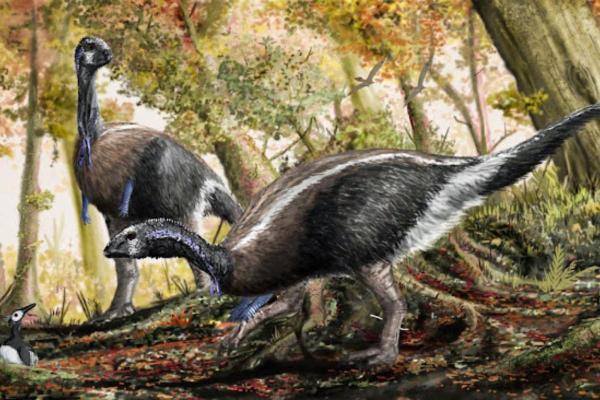
Echinodon sp.
Echinodon sp. was a Spanish dinosaur with armored dermal plates. A tooth was found in Galve which was very pointed and had many ridges. For this reason, their name translates into English as ‘hedgehog-shaped teeth’. These were not specialized so they allowed for an omnivorous diet. It had two large canines with which it could hunt small animals. It is also estimated that it ate plants such as roots. It walked on two legs and was small, approximately 60 centimeters in length.
Although we know dinosaurs from their fossil records, you may be surprised to find out what is the oldest fossil ever found?
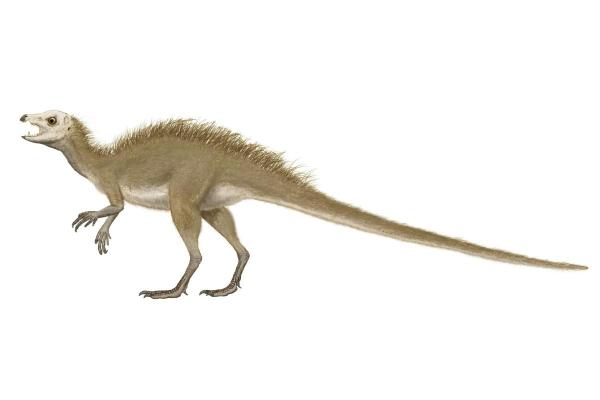
Other dinosaurs found in Spain
After reading the characteristics of some of the dinosaurs discovered in Spain, we present you a list with more names of Spanish dinosaurs which are known from the fossil records. Some of these are known to be of a specific species, but others are only known by their family or even their infraorder:
- Infraorder Ankylosauria
- Family Euhelopodidae
- Family Nodosauridae
- Family Hadrosauridae
- Cardiodon rugulosus
- Camptosaurus spp.
- Arenysaurus sp.
- Carcharodontosaurus sp.
- Pelecanimimus sp.
- Prismatoolithus sp.
- Cruxicheiros newmanorum
- Iliosuchus incognitus

Where to see dinosaurs in Spain
After learning about the different types of dinosaur fossils found in Spain, you may want to know more by seeing the evidence for yourself. For this reason, you can see the reconstruction of dinosaur fossils found in Spain in certain museums or even dinosaur parks.
The following are some places you can see dinosaurs in Spain:
- Natural Sciences Museum of Madrid
- Natural Sciences Museum of Valencia
- Dinópolis (Teruel)
- Karpin Adventure (Vizcaya)
- Jurassic Museum (Asturias)
- The Lost Ravine (La Rioja)
- Route of the Icnitas (Soria)
- Dinosaur Route and Paleontological Museum (Cuenca)
Finally, you can learn more about these prehistoric animals with our article asking were there ocean dinosaurs?
If you want to read similar articles to What Dinosaurs Were Found in Spain?, we recommend you visit our Extinct animals category.
- Lorente, F. P. (2003). Cretaceous dinosaur footprints in Spain (pp. 49-108). University of La Rioja.
- García, J. L. S. (1995). José Royo y Gómez and the Spanish dinosaurs. Geogaceta, 19, 167-169.
- Bescós, G. C., Amo, O., Rodriguez, J. L. B., Torres, R. R., & Omeñaca, J. I. R. (1999). Dinosaurs of Aragon. Zubia, 17, 235-257.
- Canudo, J. I., Royo-Torres, R., & Cuenca-Bescós, G. (2008). A new sauropod: Tastavinsaurus sanzi gen. et sp. nov. from the Early Cretaceous (Aptian) of Spain. Journal of Vertebrate Paleontology, 28(3), 712-731.
- Pérez, J. (1998). Wilbord: reconstruction and models. Iguanodon.
http://www.wilbord.com/es/iguanodon.php - Canudo, J. I., et al. (2002). La Cantalera: A summary of the dinosaurs of the Hauterivian-Barremian transition (Early Cretaceous) of the Iberian Mountains (Josa, Teruel). Abstracts Book of the XVIII Conference of the Spanish Society of Paleontology. II Iberian Congress of Paleontology (pp. 27-28).


